Sitting down to write this review, I could barely believe Prince of Persia: The Lost Crown is the first new entry in the Prince of Persia franchise in 13 years. After both considering my time with this game and the rich history the series has enjoyed until now, I had to remind myself why that is.
Jordan Mechner’s original Prince of Persia pioneered the cinematic platformer genre back in 1989, and Ubisoft’s Prince of Persia: The Sands of Time was a critical darling back in 2003. There’s so much potential to draw from between those entries, yet regardless, the series floundered. The last entry in the series, The Forgotten Sands, didn’t exactly light the world on fire. And while the Sands of Time movie was well received at the time (except by Destructoid), it didn’t seem to have any cultural staying power either. After that point, Ubisoft appeared to focus on the Assassin’s Creed series and put Prince of Persia on the back burner.
This puts Prince of Persia: The Lost Crown in an interesting spot. It’s both a return to the series’ 2D roots and, simultaneously, a reimagining of this universe as a Metroidvania. I’ll admit, it seems like an odd pivot on the surface. But after finishing the game and putting over 20 hours into exploring Mount Qaf, solving puzzles, and fighting epic bosses, I think this was the right choice. Prince of Persia: The Lost Crown feels like it puts the franchise back in a good direction, and can stand on its own as one of the better Prince of Persia titles in the series canon.
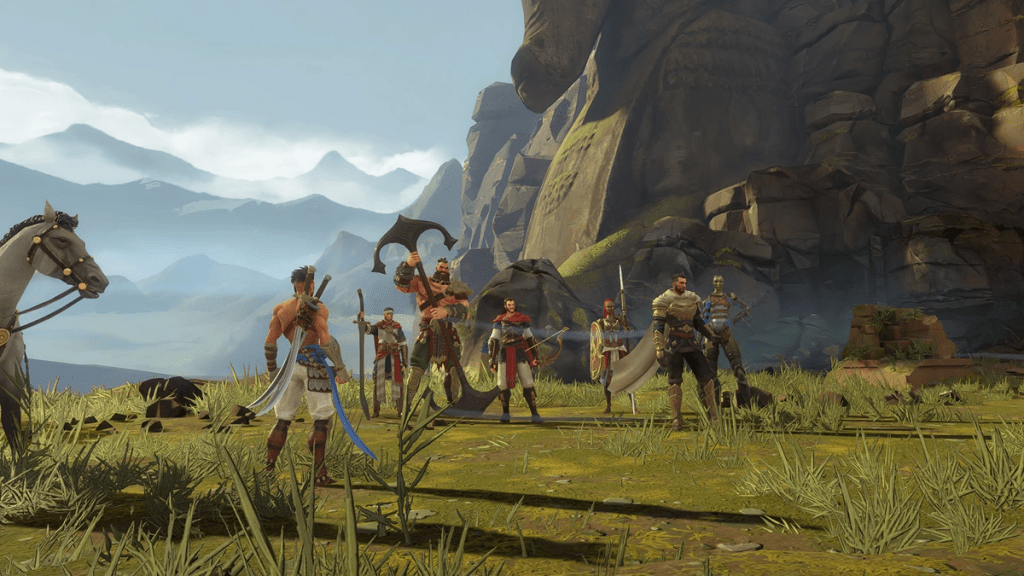
Prince of Persia: The Lost Crown (PC, PS5[reviewed], Xbox Series X|S)
Developer: Ubisoft Montpellier
Publisher: Ubisoft
Released: January 18, 2024
MSRP: $49.99
Now, this is a story all about how
Prince of Persia: The Lost Crown puts players in the role of Sargon, a young member of a group of elite fighters called the Immortals who serves with his seven other brothers and sisters as protectors of Persia. Things kick off when the Queen’s son, Prince Ghassan, is abducted. To save him, Sargon and his fellow Immortals head to the ancient city at Mount Qaf, a mysterious land said to be ruled by Simurgh, the God of Time and Knowledge.
This is Prince of Persia, so as expected there’s some betrayal along the way. There are essentially two storylines moving forward at the same time: Who is behind abducting the prince and why; but also what exactly is going on at Mount Qaf? Some of the plot twists along the way were predictable, but others caught me by surprise. I’d argue story isn’t usually a major focal point of the genre, but The Lost Crown uses its narrative well to compliment its gameplay.
See, Mount Qaf is far from ordinary. Time doesn’t flow naturally here, and intertwining timelines cause all sorts of strange time-related issues. In exploring Mount Qaf, the player is able to find new powers and enhancements to aid Sargon in combat. Some of these powers directly manipulate the strange flow of time at Mount Qaf.
In classic Metroidvania fashion, Mount Qaf is massive with a seemingly endless amount of rooms, corridors, and shortcuts to find. The two main focuses here are exploration and boss battles, with Mount Qaf offering quite a bit of both. There are also puzzles you’ll find along the way that unlock shortcuts and secret collectibles.
The further into Mount Qaf you go, the more difficult and intricate the puzzles get. Some of them really had me scratching my head until finally the solution would click. But the payoff of new health upgrades and abilities was almost always worth the trouble.
My life got flipped-turned upside down
The best part of The Lost Crown is its fast-paced combat. On the surface, the combat system seems a bit simple. Square is your melee attack, while R2 and L2 are your defensive maneuvers. R2 causes you to dodge or slide in the direction you are facing, allowing you to prevent attacks. L2 on the other hand initiates a brief parry period, allowing you to deflect entire attacks.
The parry in particular leads to some satisfying encounters. Similar to the Batman: Arkham games, enemies will flash an indicator when performing certain attacks. Flashing red indicates the upcoming attack cannot be parried, and can only be dodged. If it flashes yellow, not only can you parry the attack, but successfully doing so will proc a follow-up counterattack that deals a hefty chunk of damage. It’s so rewarding to properly time a parry to flip the tides of battle.
Timing a parry can be risky compared to just dodging the attack, but it’s also more rewarding due to the counterattack damage. Even as regular enemy encounters and boss fights increase in difficulty as you explore Mount Qaf, Prince of Persia: The Lost Crown feels consistently fair. If you take the time to carefully study enemy encounters, you’ll be rewarded with the kill.
You’ll also unlock Amulets, Athra Surges, and Time Powers that affect both your combat prowess and exploration capabilities. For example, one of the first items you find is a bow. The bow adds a ranged bow attack to the Triangle button, but acquiring it lets you ignite areas of brush to access previously blocked areas.
As for the Amulets, there are dozens in the game, each granting powerful boons that enhance your combat. Effects range from simply extending your combos to outright slowing enemies when you parry them, so you have some real variety and customization here. You can eventually equip up to 12 of these at a time, which really escalates that feeling of power the more you play.
You’ll acquire several other weapons along the way like the bow and chakrams, but I really only used those as required to progress through puzzles. Personally, I mainly spammed melee, so my Amulet loadout reflected my playstyle.
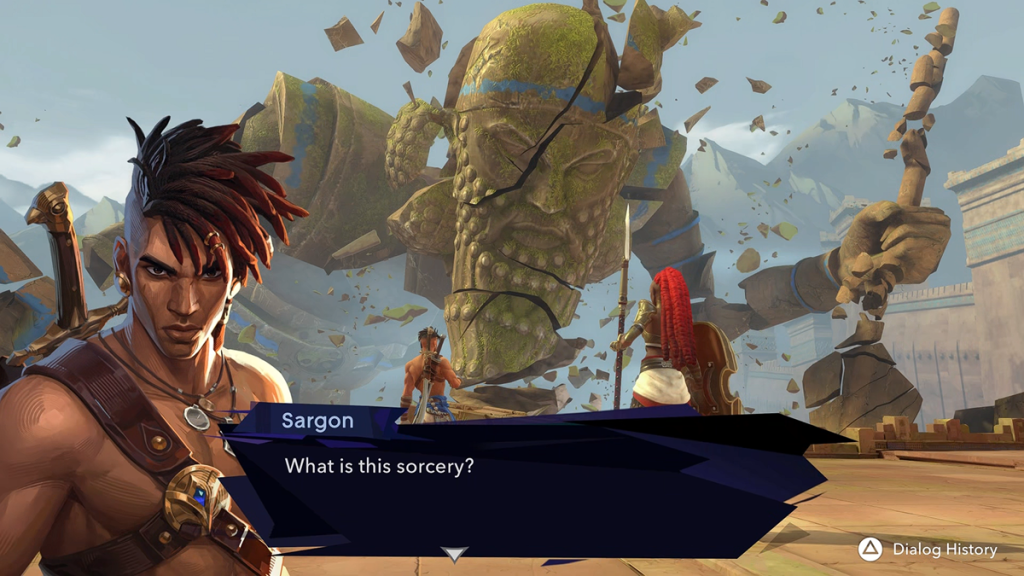
And I’d like to take a minute
Like a proper Metroidvania, Mount Qaf is also full of hidden collectibles and treasures to find. In addition to uncovering the aforementioned secret areas, you’ll also find numerous upgrade materials to strengthen your weapon at the blacksmith.
Theoretically, you don’t have to grab these upgrades to beat the game, at least on Normal difficulty. Boss encounters will take a bit longer, but those comfortable with their perfect dodges and parries can totally wing it without finding upgrades. Fortunately, you can find some defensive upgrades throughout the game as well. The Soma Tree Petals, which are roughly equivalent to Heart Pieces in The Legend of Zelda, can give you some extra health if you’re less comfortable with your reflexes.
In addition to the above, there are a handful of side quests scattered throughout Mount Qaf too. There are plenty of things to look for here, which should give those looking to reach 100% completion quite a bit to chew on.
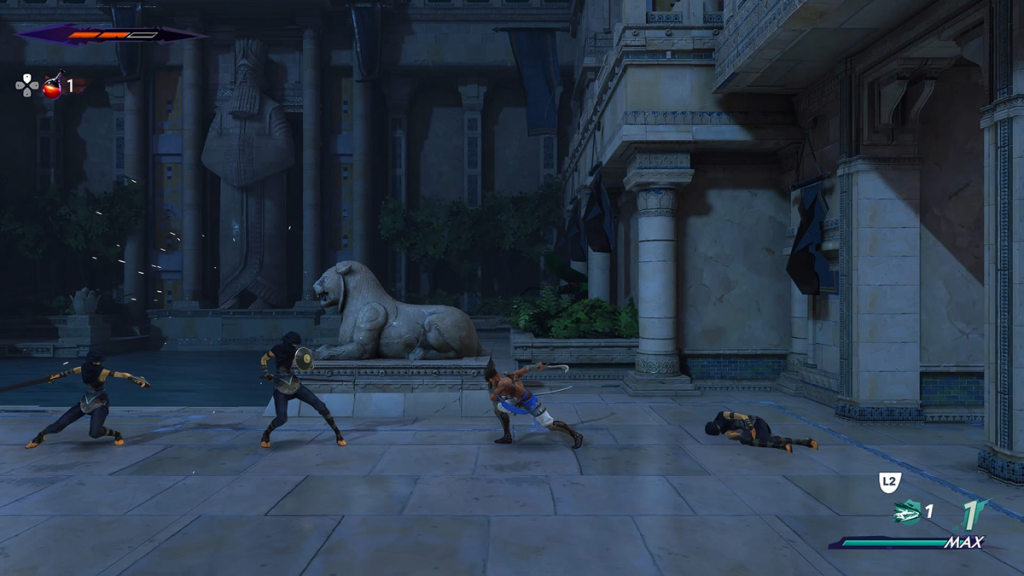
Just sit right there
Unfortunately, I have a couple of relatively small issues with Prince of Persia: The Lost Crown. For starters, respawn/checkpoints can be absolutely brutal. One of the boss encounters took me far more attempts than I’m happy to admit. And while that’s no huge deal on its own, my respawn point was several rooms back in the massive map of Mount Qaf. After every death, I had to make my way past a handful of challenging non-boss enemies and traps just to get back to the boss. I know there has to be some sort of penalty for death, but this seemed extreme.
Partnered with that issue, I also feel like too many areas, especially in the middle and end parts of Prince of Persia: The Lost Crown, had too many enemies in tricky areas. Making matters worse, these enemies could be hit sponges too, even with weapon upgrades. Even if the difficulty felt well balanced, the non-boss enemies could get tedious when you have to take them down over and over again.
This left me wishing Prince of Persia: The Lost Crown focused even more on boss encounters than it already does. They are the best parts of the game, so I would have loved to see more than the nine boss fights featured here.

I’ll tell you how I became the Prince of Persia
I really enjoyed exploring Mount Qaf as Sargon in Prince of Persia: The Lost Crown. I wouldn’t call myself a huge Prince of Persia fan or a huge Metroidvania fan. But Ubisoft has managed to take the two and smash them together into a refreshingly new and entertaining interpretation of Prince of Persia. I’m not sure if they plan to continue down this path, but I really hope they do.
The glimpses of tedium definitely hamper the experience, but few games have managed to get me so excited just for reaching the next boss. If you are a fan of Metroidvania-style games or even just a fan of fast-paced combat with a focus on boss fights, you’ll love this iteration of the Prince (of Persia).
[This review is based on a retail build of the game provided by the publisher.]

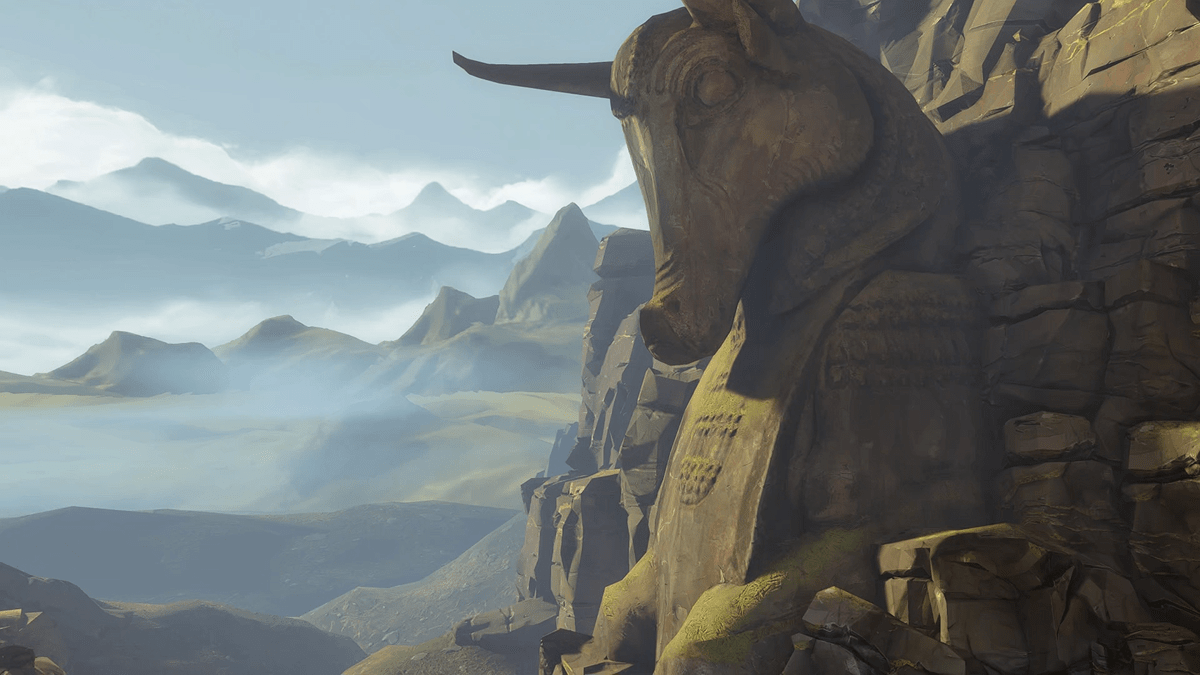

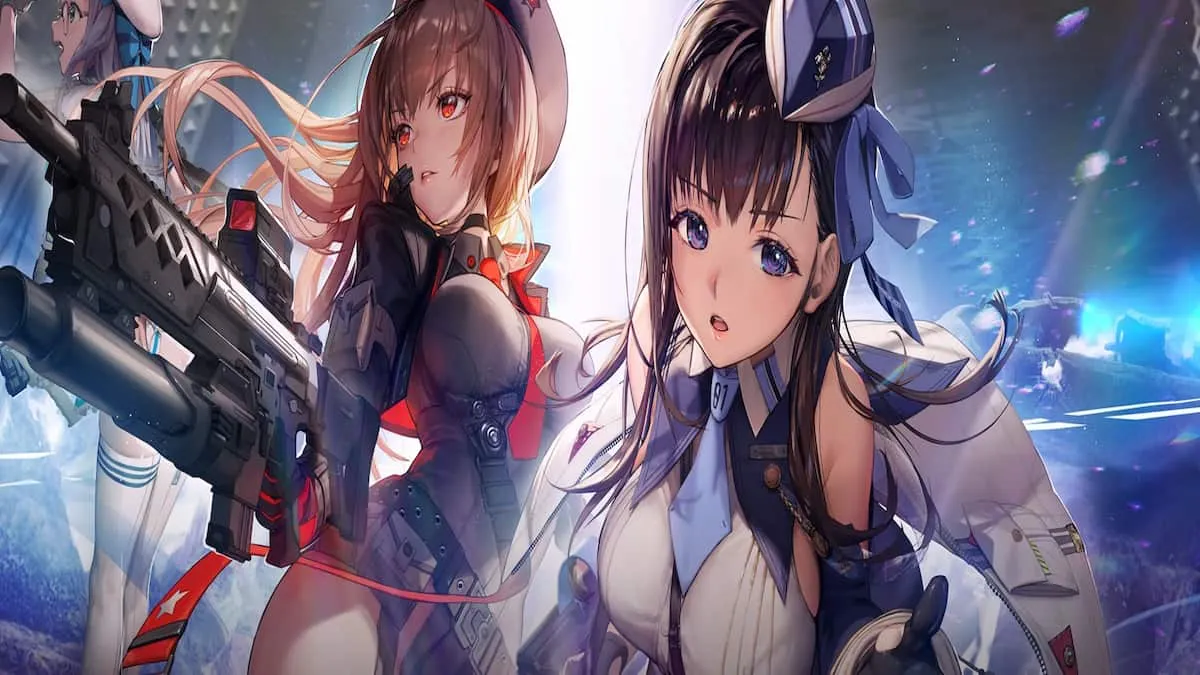
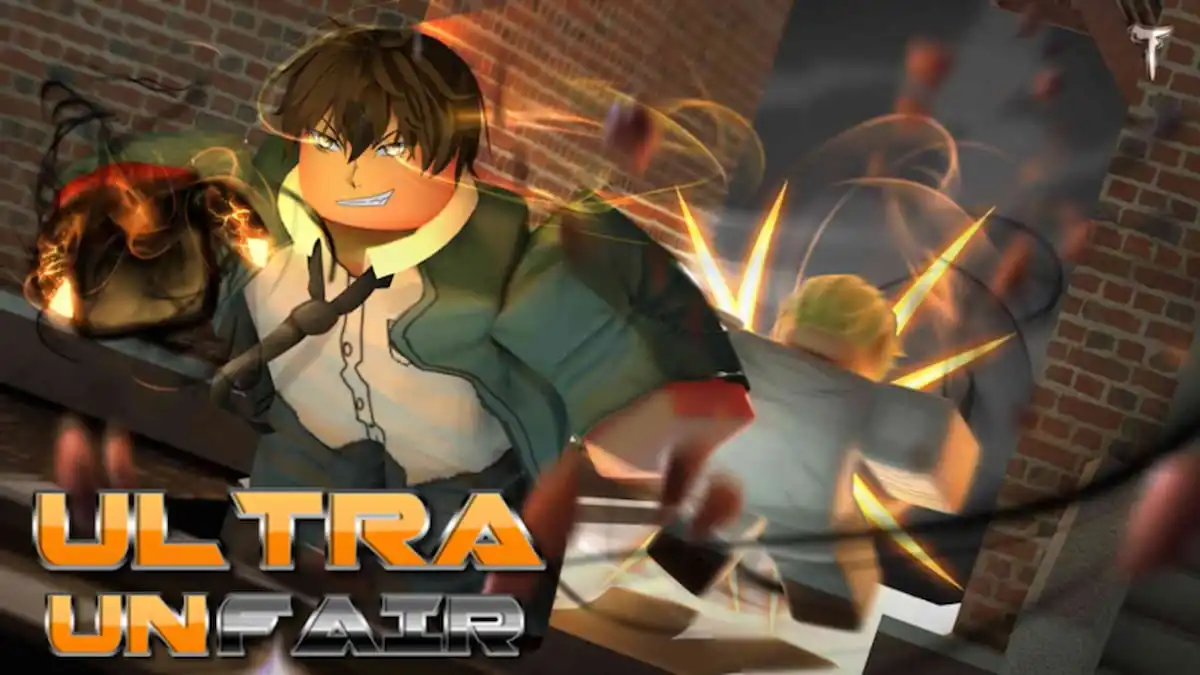
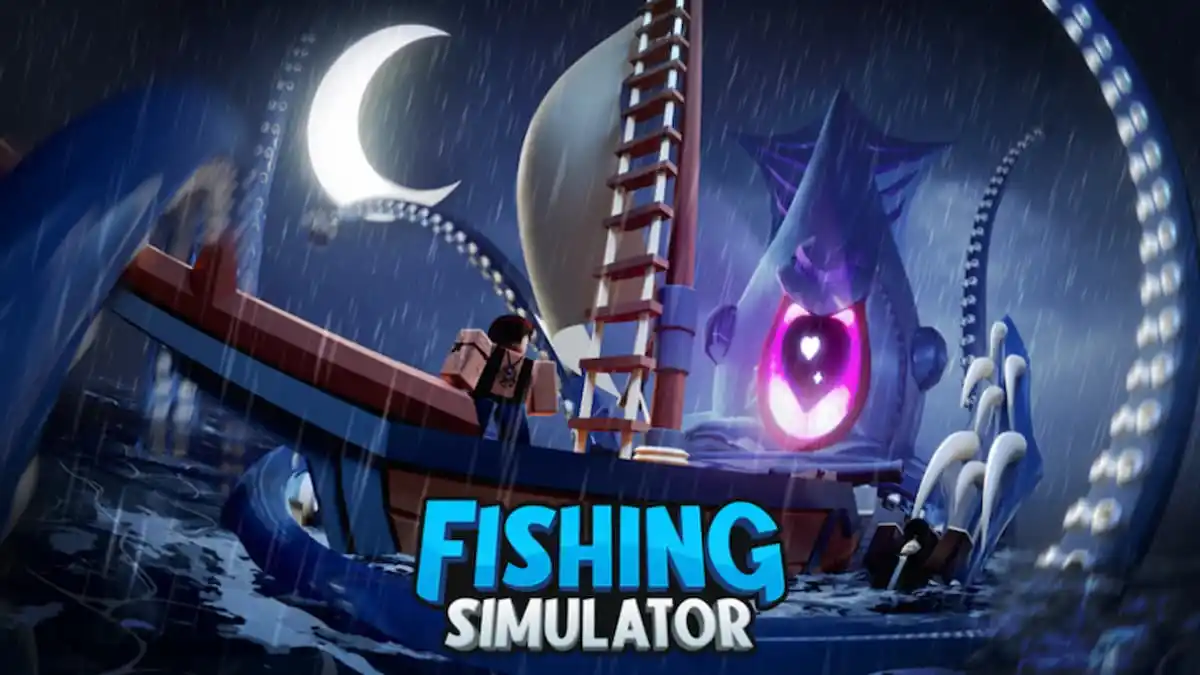
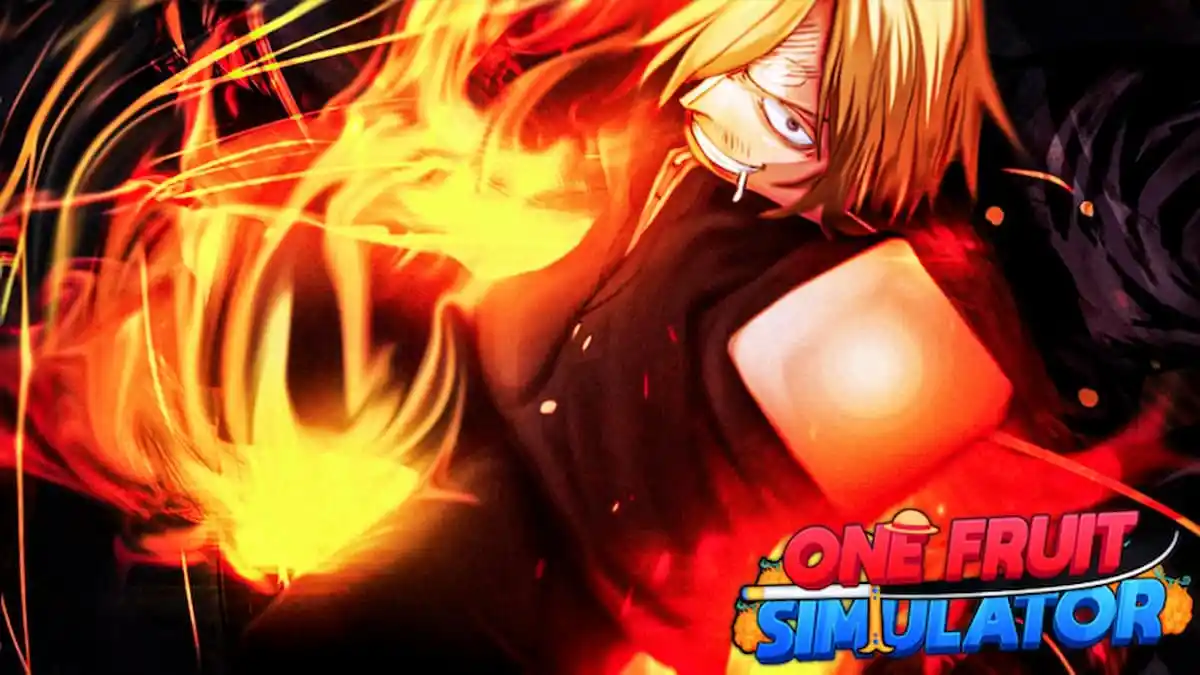






Published: Jan 11, 2024 12:13 pm